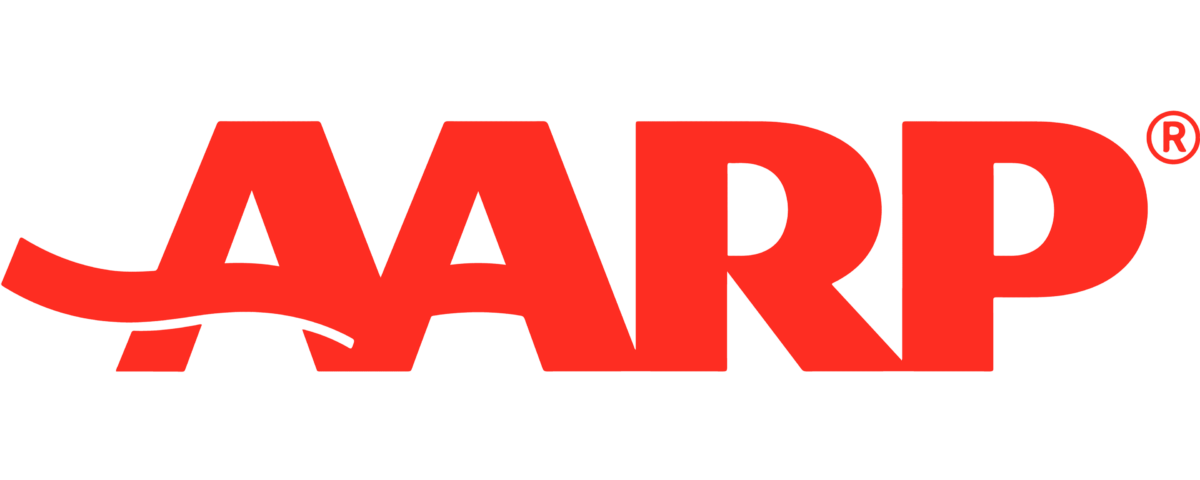Phil Mitchell Comments in AARP Article on Saving for Retirement

Thanks to AARP for interviewing our own Phil Mitchell for their article: “How to Save for Retirement as a Sole Proprietor”
You can find the full article HERE or start reading below:
##
Sole proprietors have several tools to choose from when it comes to building financial security for retirement, from pooled and solo 401(k)s to a variety of individual retirement account (IRA) options. Choosing the right one for you can be complex, and recent legislation affecting retirement savings plans has brought some changes.
“It’s like a strategy game, and you’re trying to really determine what makes best sense for you based on your situation,” says Phillip Mitchell, a certified public accountant (CPA) and chartered financial analyst in Grand Rapids, Michigan. Like other tax experts, he stresses the need to consult with a tax or financial adviser before making any moves.
Traditional or Roth IRA
What it is: Traditional and Roth are the most common types of IRA, an investment vehicle for individuals to build savings for retirement. In a traditional IRA, you receive a tax deduction when making a contribution, but any withdrawals are taxed as income at the time you take them. With a Roth IRA, you contribute after-tax dollars to the plan, but your withdrawals, known as distributions, are generally tax-free.
You can continue making contributions as long as you like; the Setting Every Community Up for Retirement Enhancement (SECURE) Act of 2019 eliminated a rule that barred contributions to traditional IRAs past age 70½.
How it works: In 2023, you can contribute up to $6,500 to a traditional or Roth IRA, $7,500 if you are age 50-plus. Starting in 2024, that “catch-up” contribution for older adults will be indexed to inflation (meaning it can rise annually with the cost of living), one of several significant changes to retirement plans ushered into law by the SECURE 2.0 Act of 2022, a follow-up to the 2019 measure.
What to watch for: Your eligibility to contribute to a Roth IRA, or to take a tax deduction on contributions to a traditional IRA, depends on your income. It can be reduced or eliminated based on your earnings as measured by the “modified adjusted gross income” (MAGI) found on your tax form.
The thresholds change annually. In 2023, you can’t contribute to a Roth IRA if your income is above $153,000 for an individual taxpayer or above $228,000 for a married couple filing jointly.
If you own a traditional IRA and also have a workplace retirement plan such as a 401(k) (or your spouse does), you can’t deduct IRA contributions with an income of $83,000 or more (individual) or $136,000 or more (couple). Those income caps do not apply if neither you nor your spouse is covered by a retirement plan at work.
##
We’re happy to answer any financial questions you may have right now. Call 616-356-2002 or visit our contact page to schedule.


